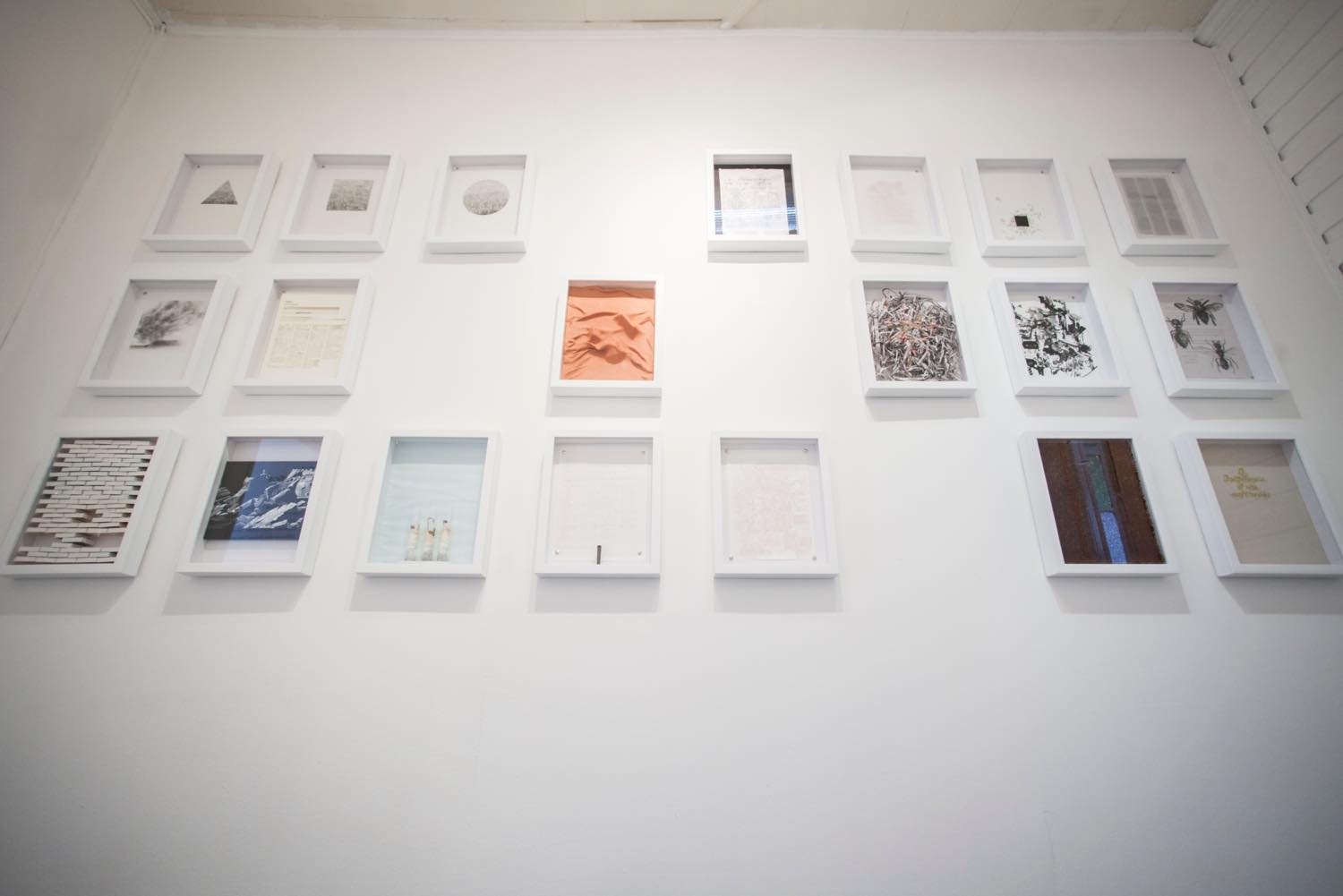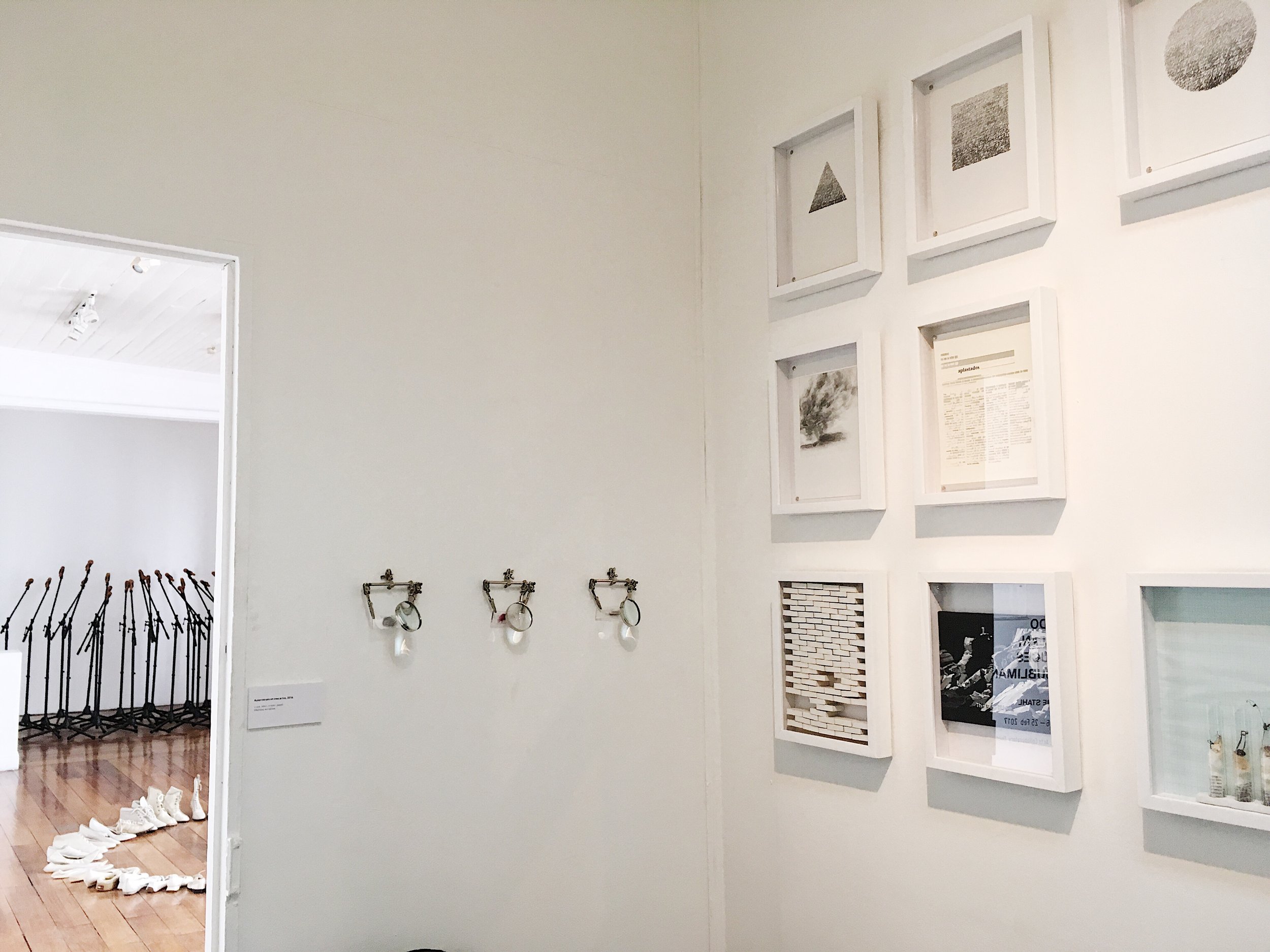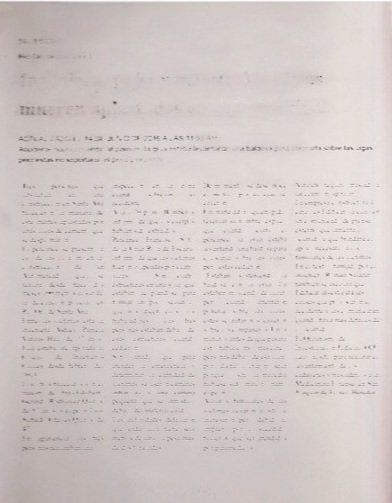Cuando estallan,
las luces nos subliman
A portion of Albertine Stahl's recent work revolves around visual reflections on the imagery of tragedy: accidents, murders, collapses, and all forms of apocalyptic representation that are now readily available in everyday mass media. This accumulation of overlaid images forms what the artist refers to as a new, incessant, and frightening landscape of human greatness and misery.
In this new set of works exhibited here, the artist delves into the phenomenon of the over-aestheticization of tragedy. The constant repetition of images of pain, violence, and disaster not only records and reveals the ravages of those catastrophes but also illustrates how our connection with these images almost no longer moves us. In an era of global wars and bloody images that we can simultaneously observe through digital media, our bond with pain is established through the morbid fascination produced by consumption.
Paradoxically, tragedy has also come to be understood with a heroic character: cinema and video games exalt the stoicism of characters whose mission is to sacrifice themselves (or be sacrificed) in a struggle that, in many cases, doesn't admit gray areas or compromises. In this battle, a geography of the bad versus the good, the innocent versus the guilty, is constructed, building simplistic and dichotomous ways of understanding the world, the origin of its crises, and the social effect of its consequences.
The works gathered here indicate how this tragic image is also the flip side of the failed attempts of the human condition to achieve some form of greatness, to mark its superiority in relation to all other living elements. We detach ourselves from a natural environment that we deny and want to dominate without realizing that this desire for progress is also the announcement of a steep fall: Babel-like skyscrapers, enormous flying machines, all eventually destined to fall.
The works and drawings brought together here seek to explore the everyday condition of these representations of disaster, their circulation and exploitation, their instrumentalization, and consumption. What is the risk of tragedy becoming a repetition? Would it then be an apology for misfortune? What happens when the represented tragedy becomes beautiful and constant? Are these types of images an injection of adrenaline as an alternative to daily boredom? How to represent devastation? Is it possible for an image to construct, today, new forms of empathy?





20 aesthetic possibilities for a tragic news
The series consists of the twenty individual pieces listed in the catalog. Each piece is unique (there is no serialized piece).
It is made up of twenty all-white wooden boxes, 4.5 cm deep, with 3mm thick protective glass. The size of each box is 37 x 29.5 cm (with frame).




















